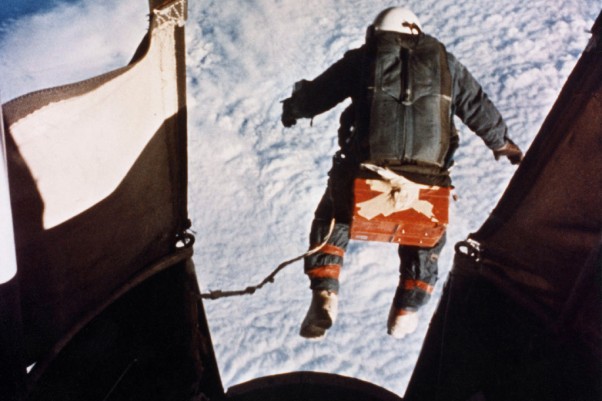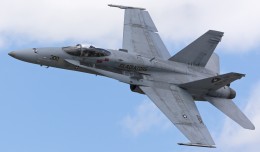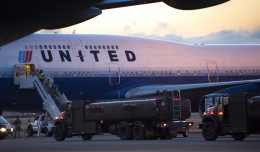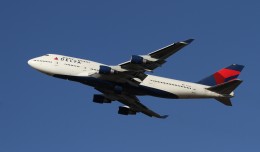2005: West Caribbean Airways Flight 708, a McDonnell-Douglas MD-82 (HK-4374X) suffers dual engine failure and crashes in a mountainous area of Venezuela while operating a charter from Panama City to Martinique, killing all 152 passengers and eight crew. The crash is blamed on ice buildup in the engines.
1987: Northwest Airlines Flight 255, an MD-82 (N312RC) crashes on takeoff from Detroit (DTW), killing all but one of the 155 people on board, as well as two people on the ground. The lone survivor is a four year old girl. The crash would be blamed on the crew’s failure to set the flaps for takeoff, and an electrical failure that prevented an alarm from sounding that would have warned the crew that the plane was not configured properly for takeoff.
1969: A new piston-engine airspeed record is set by Darryl Greenamayer in a heavily modified F8F Bearcat: 478 mph.
1960: US Air Force Colonel Joseph Kittinger skydives from a balloon at an altitude of 102,800 ft, setting a new world record.
1944: The world’s first and only successful rocket-powered warplane, Germany’s Messerschmitt Me 163, is used against enemy bombers for the first time.
1944: First flight of the Junkers Ju 287 takes place in Germany. The forward-swept winged, four-engined aircraft was a testbed for jet bomber technology, built mostly of parts salvaged from other aircraft. Before the second aircraft is completed, the Junkers factory is overrun by the Red Army. The Soviets would take the prototypes back to Russia for further development and create a derivative known as the OKB-1 EF 140, but the design is abandoned soon after.
1942: The 82nd Airborne is formed, becoming the US Army’s first paratrooper division. (It had formerly been a conventional division since 1917).







